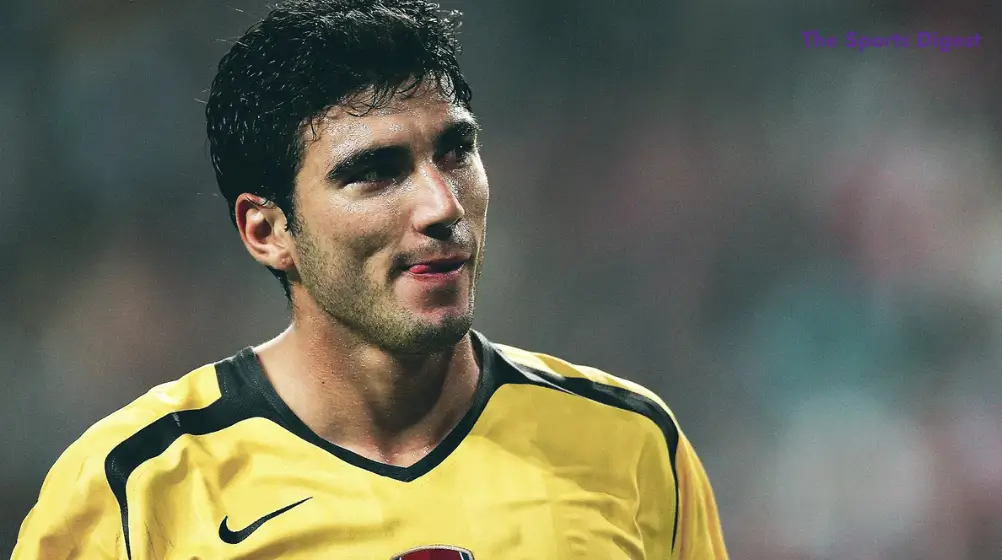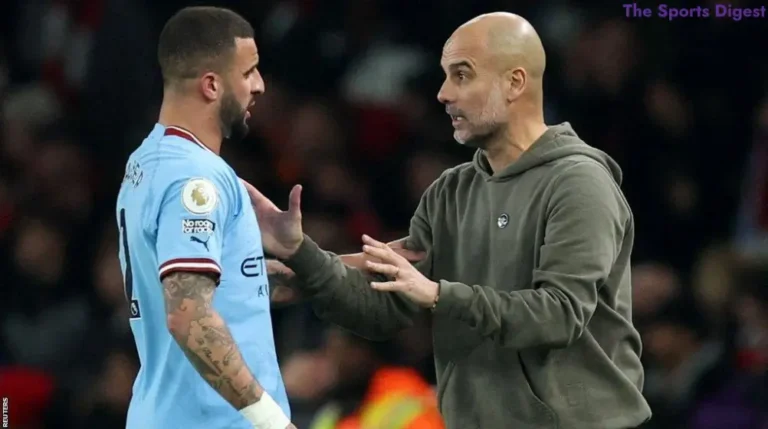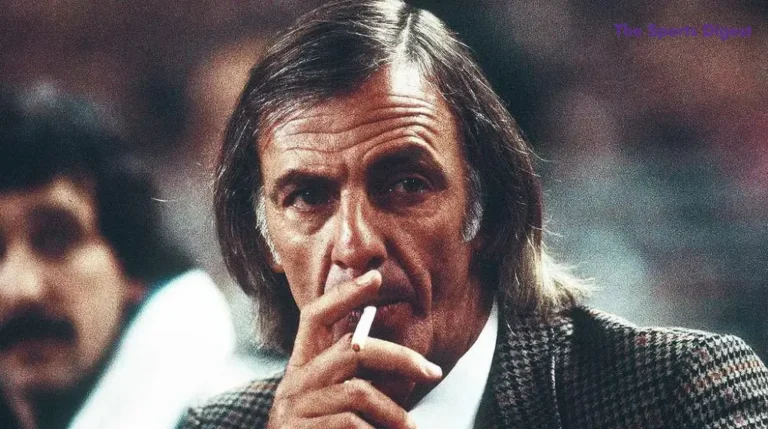José Antonio Reyes: A Career of Contrasts
February 2004. Highbury Stadium held its breath as a nimble Spanish forward received the ball just outside the Chelsea penalty area. With a swift turn and explosive burst of pace, José Antonio Reyes unleashed a thunderous shot that rocketed past Carlo Cudicini. The stadium erupted. Arsenal’s newest signing had announced himself to English football in spectacular fashion.
“Reyes has arrived at Highbury,” declared commentator John Motson—words that would come to define a pivotal moment in the young Spaniard’s career. That equalizing goal against Chelsea in the FA Cup wasn’t just a demonstration of raw talent; it was a statement of intent from Arsenal’s then-record signing, a player Arsène Wenger had been meticulously tracking for years.
Table of Contents
Early Foundations in Seville
Born to Romani parents in the working-class neighborhood of Utrera, Seville, Reyes’ journey began far from the glittering lights of European football’s biggest stages. His precocious talent was evident from an early age, allowing him to progress rapidly through Sevilla’s youth system with a natural flair that drew attention from scouts across Europe.
At just 16 years old, José Antonio Reyes made his first-team debut against Real Zaragoza—a remarkable achievement for a teenager from humble beginnings. What followed was a meteoric rise as he established himself as one of La Liga’s most exciting young talents. His electric pace, close ball control, and eye for goal made him impossible to ignore. The combination of skill and goal-scoring ability had bigger clubs circling, with Arsenal ultimately winning the race for his signature.
The Move to Arsenal and Initial Impact
When Arsène Wenger decides to scout a player 40 times personally, you know there’s something special there. Arsenal’s pursuit of José Antonio Reyes culminated in January 2004 with a transfer that could potentially break the club’s record fee—a testament to the Frenchman’s belief in the young Spaniard’s abilities.
His departure from Sevilla was marked by significant emotion. Fans who had watched him develop from a skinny teenager into a formidable attacker were devastated to lose their homegrown star. But for José Antonio Reyes, the opportunity to join Arsenal—then one of Europe’s elite sides—was too tempting to refuse.
His early days at Arsenal suggested Wenger’s faith was well-placed. Following his FA Cup heroics against Chelsea, José Antonio Reyes continued to make crucial contributions. A goal against the same opposition in the Champions League quarter-finals further endeared him to the Arsenal faithful. Perhaps most importantly, his vital equalizer against Portsmouth helped preserve Arsenal’s unbeaten record in their historic “Invincibles” season—cementing his place in club folklore.
The Turning Point: Physicality at Old Trafford
For many observers, the trajectory of Reyes’ Arsenal career changed dramatically during a heated encounter with Manchester United at Old Trafford in 2005. The match would become infamous for the treatment meted out to the Spanish winger.
Gary Neville later admitted to deliberately targeting José Antonio Reyes, recognizing his technical brilliance but sensing vulnerability in his temperament. “We identified that he didn’t like the physical side of things,” Neville would later reveal. “We targeted him and he went missing.”
That afternoon of relentless challenges and intimidation appeared to leave psychological scars. The confident, expressive player who had illuminated Highbury began to fade.
Decline and Discontent at Arsenal
Following the Old Trafford ordeal, José Antonio Reyes struggled to recapture his scintillating early form. Rumors of homesickness grew as his performances became increasingly inconsistent. The situation wasn’t helped by a notorious prank call incident, where he was tricked into expressing negative sentiments about his Arsenal experience while believing he was speaking to a Real Madrid director.
His relationship with star striker Thierry Henry reportedly deteriorated, creating tension within the dressing room. The nadir of his Arsenal career came in the 2005 FA Cup final against Manchester United, where he received a red card—symbolizing his fall from grace at the London club.
A Loan Spell of Redemption in Madrid (and a Title)
Reyes’ move to Real Madrid on loan came as little surprise to those who had witnessed his struggles in England. Returning to Spain represented a chance to rediscover his form in more familiar surroundings.
Initially, his impact at the Bernabéu was limited. Competition for places was fierce, and opportunities to impress from the starting lineup were scarce. But football has a way of creating redemptive moments, and Reyes’ came on the final day of the 2006-07 La Liga season.
With the title on the line against Mallorca, Real Madrid found themselves in trouble. Enter José Antonio Reyes from the bench. Two brilliant goals from the Spaniard turned the game—and the title race—on its head. His crucial intervention secured the La Liga crown for Los Blancos, creating one of the most dramatic finales in Spanish football history.
A Difficult Chapter at Atlético Madrid
Despite his heroics for Real Madrid, Reyes’ next move across the Spanish capital to Atlético Madrid proved challenging. From the outset, he faced hostility from fans who couldn’t forget his contributions to their bitter rivals’ title triumph.
“It was difficult from the beginning,” José Antonio Reyes would later reflect. Limited playing opportunities compounded his frustrations, and the physical treatment he received from opponents echoed his struggles in England. Most tellingly, Reyes himself spoke of a lack of faith from his coaches—a crucial factor for a player whose game was built on confidence and creative freedom.
Rediscovering Form at Benfica and a Second Chance at Atlético
Salvation came in the form of a loan move to Benfica under Quique Sánchez Flores—a manager who understood how to harness José Antonio Reyes mercurial talent. In Portugal, away from the intense spotlight of La Liga, Reyes began to rediscover his joy for the game.
This rejuvenation led to a successful return to Atlético Madrid under the same manager. Finally, Madrid’s red-and-white half saw the real José Antonio Reyes: scoring important goals against giants like Real Madrid and Barcelona, playing a key role in a Europa League triumph, and finding the net in a UEFA Super Cup victory.
Another Departure and the Emotional Return to Sevilla
When Sánchez Flores departed Atlético, Reyes’ fortunes once again declined. A falling out with the new manager precipitated another exit, but this time to a destination that felt like destiny—a return to his beloved Sevilla.
The homecoming was emotional. Thousands of fans gathered to welcome back their prodigal son, the boy who had left as a promising talent and returned as a seasoned professional with experiences at some of Europe’s biggest clubs.
A Second Spell at Home: Inconsistency and Moments of Magic
Reyes’ second stint at Sevilla mirrored his career as a whole—inconsistent, but punctuated with moments of undeniable brilliance. Crucial goals in the heated Seville derby and vital contributions in European competitions reminded everyone of his match-winning capabilities.
Perhaps the crowning achievement of this period was captaining Sevilla to another Europa League final victory—a full circle moment for the player who had left the club a decade earlier in search of greater glory.
Eventually, as younger players emerged, Reyes’ minutes decreased until his departure became inevitable. Yet he left having reaffirmed his status as a Sevilla icon.
Later Career at Espanyol and Final Reflection
A move to Espanyol marked the beginning of the final chapter in Reyes’ top-flight career. While no longer the explosive force of his youth, his technical ability and experience remained valuable assets.
Looking back on José Antonio Reyes’ career reveals a player of immense natural talent whose peak perhaps wasn’t as sustained as his abilities deserved. Yet what remains in the memory are those flashes of spectacular genius—the thunderbolt against Chelsea, the title-winning brace for Real Madrid, the derby goals for Sevilla.
In choosing to return to Spain rather than extend his career in less competitive leagues, José Antonio Reyes demonstrated his commitment to playing football that mattered—a fitting tribute to a player who, at his best, made the beautiful game look effortlessly sublime.
Have you ever read an article like this?
There are no reviews yet. Be the first one to write one.






